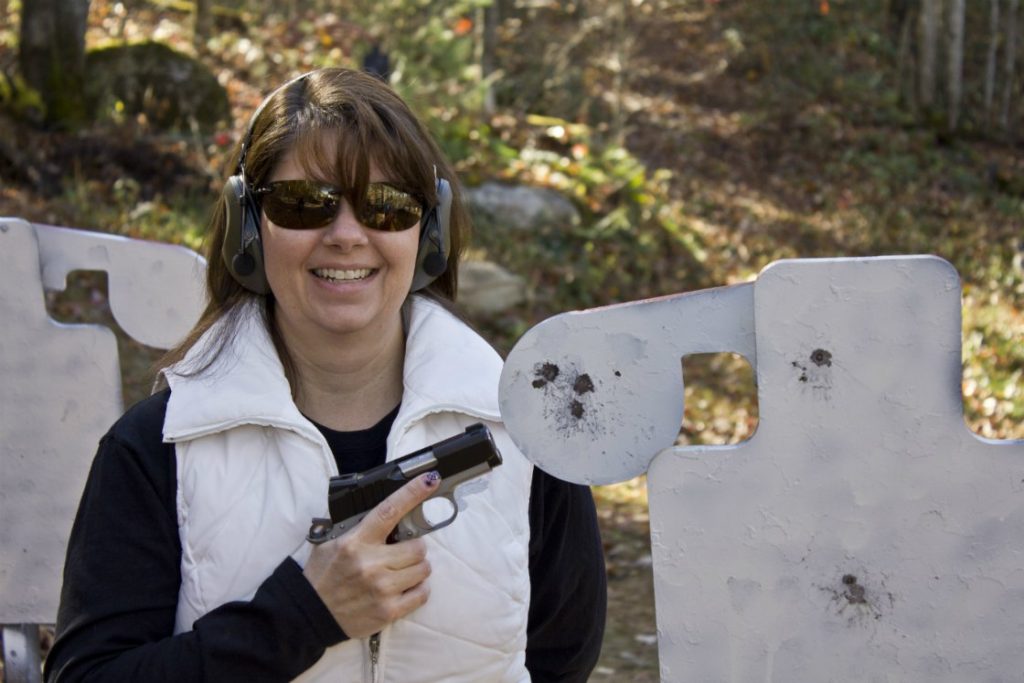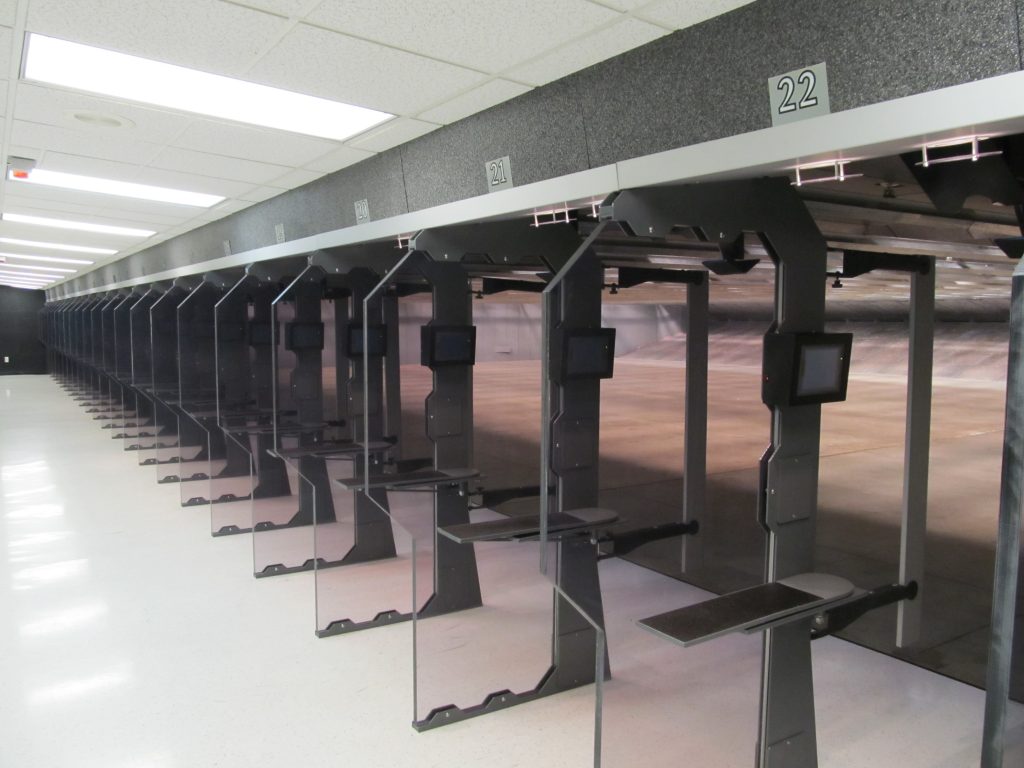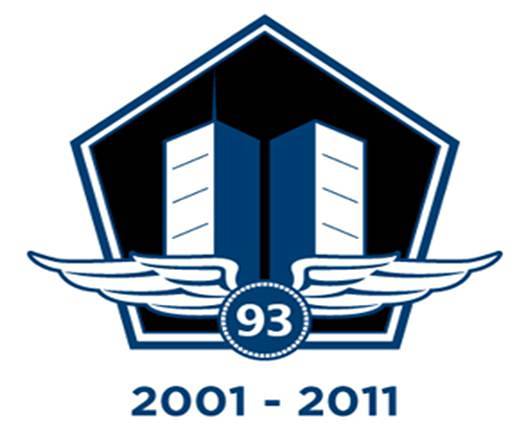Action Target Produces Portable Target Course Book

Firearms instructors and administrators have an obligation to officers and to the public they serve, to do everything possible to ensure their firearms training and qualification programs are all they can be. However, many programs around the country struggle to provide realistic and quality training for their officers and there is often a lack of […]
The Head-Shot Cadence Drill

By Richard Mann Editor’s Note: The views in this article are the author’s own and don’t necessarily represent those of Action Target, Inc. Gunsite Instructor Il Ling New believes one of the best ways to train with a defensive handgun is to practice head shots at moderate to extended ranges; meaning as far out as […]
Action Target Renovates Ohio Indoor Range

Action Target first worked with Ohio State Highway Patrol back in 1999 when we installed our “state of the art” Total Containment Trap. When it was determined the Highway Patrol would renovate the rest of their existing facility in 2011, we were contacted directly by the architect for specifications on the new equipment that would […]
Tactical Training Tips: Key Points for Instructors & Shooters

By Jeffrey Denning Editor’s Note: The views in this article are the author’s own and don’t necessarily represent those of Action Target, Inc. Action Target hosted their 20th Law Enforcement Training Camp earlier this year. While pondering some of the unfortunate recent tragedies that have struck the law enforcement community nationwide — including a higher […]
Action Target Holds Successful LETC 2011

Law Enforcement Training Camp (LETC) 2011 was a recent success for Action Target and we’d like to thank all who helped and attended this unique training experience. Here’s what some of the attendees had to say about it: Dear Rick, Please accept this letter of appreciation to all of the Action Target staff and instructors […]
Controlled Pairs, Double Taps, or 6-Shot Rhythm?
by Jeffrey Denning Editor’s Note: The views in this article are the author’s own and don’t necessarily represent those of Action Target, Inc. The phrase “The shot heard around the world” refers to the single gunshot that began the battle of Lexington and Concord of the American Revolutionary War. In historic times, rifles could only […]